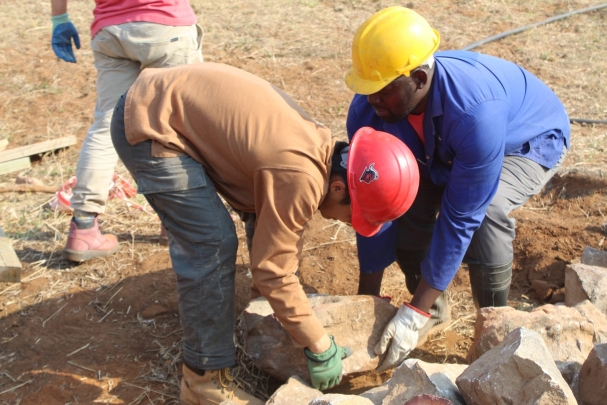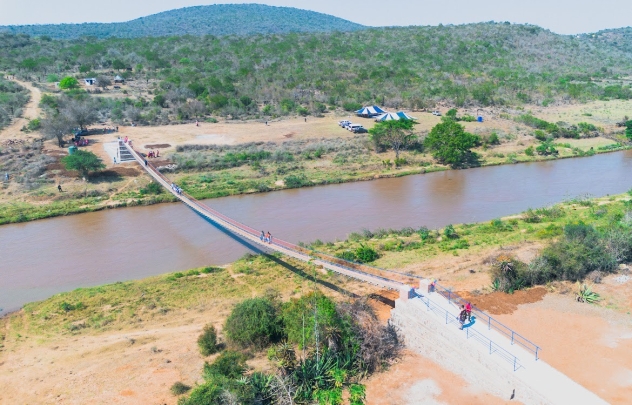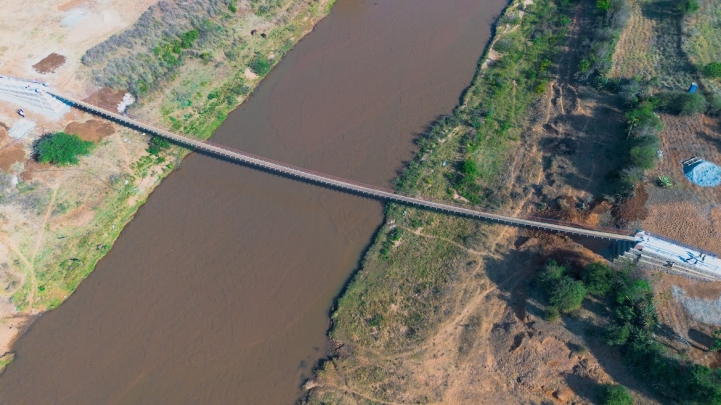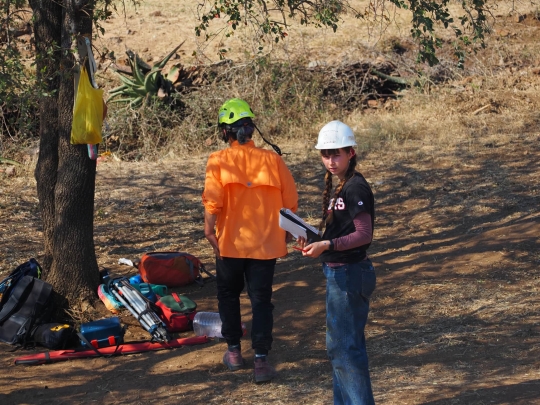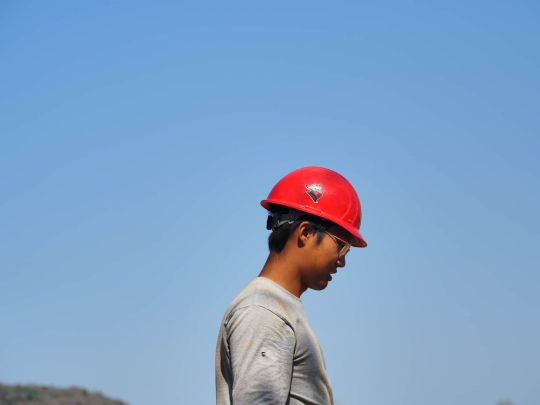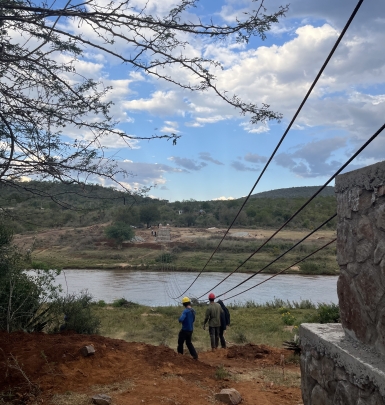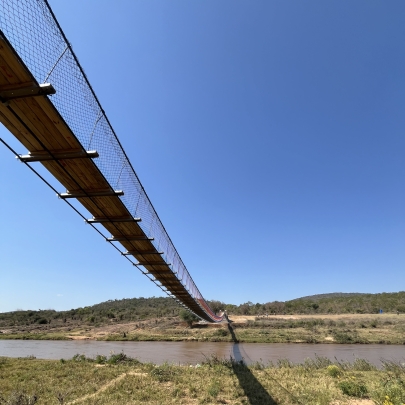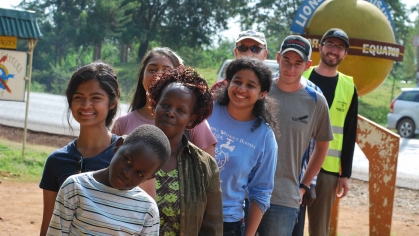Engineers in Action Complete Seven-Week Bridge Project in Africa
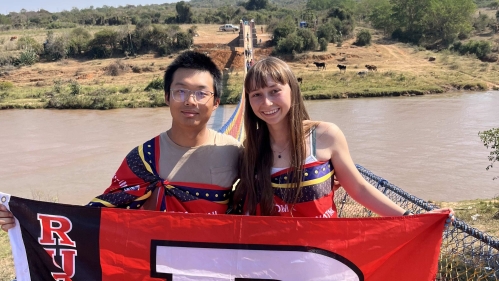
For seven weeks this summer – from June 28 to August 15 – Ula Sokolowski and Eugene Yu, student members of the Rutgers Engineers in Action (EIA) chapter, worked to build a suspension bridge in Eswatini. The two School of Engineering students joined nine other students from the University of Iowa, Hofstra University, and Northwestern University on EIA’s third suspension bridge project in the southern African nation.
Rutgers Engineering students who have participated in bridge-building projects not only in Eswatini, but also in Bolivia and West Virginia since they established a Bridges-to-Prosperity (B2P) chapter – the predecessor of EIA – in 2016, have gained critical hands-on construction experience.
“The motivation behind my joining the trip to Eswatini was to experience the process of a construction project from start to finish,” recalls civil engineering major Yu, who hopes to work designing high-rise buildings or bridges after graduating in 2028.
A Unique Construction Project
“Because EIA has been working in Eswatini for a while, many of its project have grown in scale,” explains Rutgers EIA chapter president Jonathan Liu. “This project is unique in its high-tier system and long timeframe for construction.”
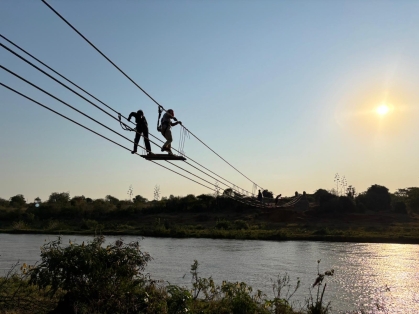
According to Liu, the successful completion of the bridge is a boon for people during flood season, when members of two communities can rely on it to get to or from their homes, schools, and hospitals without worry. “It allows for ease of mobility in connecting two different communities,” he says.
A Bridge to the Future
Yu reports that the bridge was designed to last for 50 years, with decking that will need replacement every ten years by community members. The installation of the new bridge’s decking, he says, gave him the most satisfaction, “because after the decking was complete, I was able to see that crossing the bridge would now be possible.”
Spending seven weeks in Africa was an immersive learning experience for the students. As Yu puts it, “I learned a lot about the daily routine of people living in rural Eswatini. I learned what foods they ate, how their kids got to school, how much they work, and so much more.
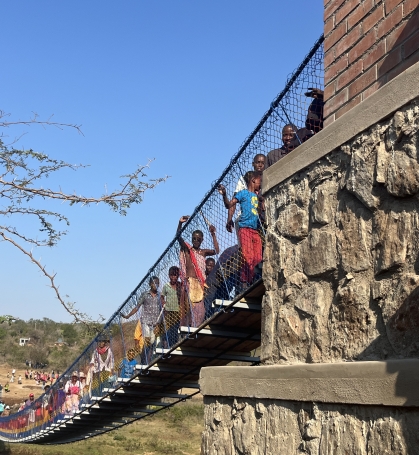
“I was surprised by how strong and energetic the community members were, given that their diet was mainly maize meal,” he recalls. “Some of them never seemed tired at all.”
When the team needed to renew their visas midway through their stay, they were able to go on a safari. On weekends, according to Liu, team members were often able to go to cultural events and on hikes with community members.
While Yu was especially proud to see the bridge’s completion and inauguration when the project ended, his overall experience was memorably impactful. “An accomplishment that meant more to me was that we were able to deeply connect with the community living there,” he recalled. “I genuinely think this experience left an impression on our team and the Eswatini community that none of us will ever forget.”
